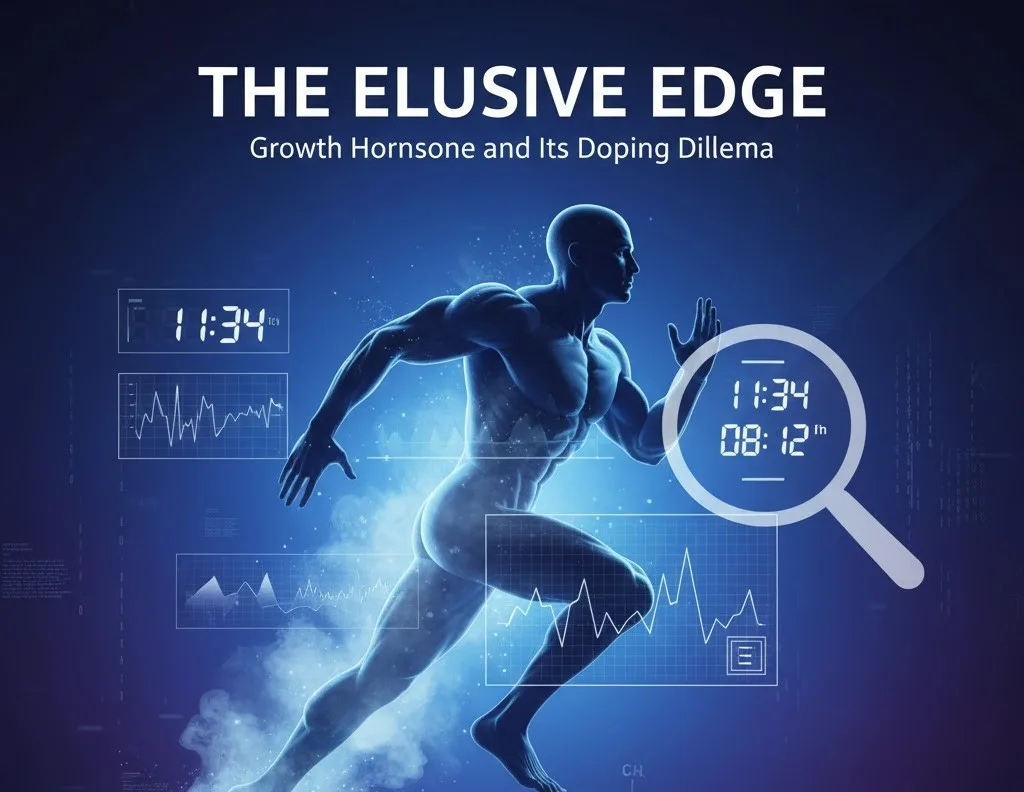Growth Hormone (GH), also known in its pharmaceutical form as Somatropin, is a naturally occurring peptide hormone vital for growth, cell reproduction, and regeneration. However, its powerful anabolic properties have long made it a tempting, albeit illicit, tool for athletes seeking to gain a competitive edge. The challenge of detecting GH doping presents a persistent dilemma for anti-doping authorities worldwide.
One of the primary reasons for GH's popularity among those who dope lies in its pharmacokinetic properties. Studies have revealed that circulating GH has a remarkably short half-life, typically around 20 minutes. This rapid clearance from the bloodstream makes it notoriously difficult to trace in standard drug tests if not administered very close to the time of testing.
Furthermore, research has pinpointed the narrow window within which synthetic GH can be detected. Specifically, GH concentrations are observed to return to their baseline, natural levels within $8-16$ hours after an intramuscular injection and $11-20$ hours following a subcutaneous injection. This short detection window allows individuals using GH to time their administrations strategically, making it highly challenging for conventional doping controls to catch them.
The Farsi text in the provided excerpt explicitly states that this combination of a "low half-life and difficulty being traceable in routine doping tests" is precisely why Somatropin has become "one of the most popular drugs for doping."
The ongoing battle against GH doping underscores the need for sophisticated and continually evolving detection methods. As athletes push the boundaries of performance, anti-doping agencies must innovate to ensure fair play, navigating the complexities of substances like Growth Hormone that are both naturally present in the body and rapidly cleared when exogenously introduced.
The section titled "Growth hormone and exercise" hints at the intricate relationship between endogenous GH production and physical activity, further complicating the distinction between natural physiological responses and illicit enhancement. This area remains a crucial frontier in sports science and anti-doping research.

